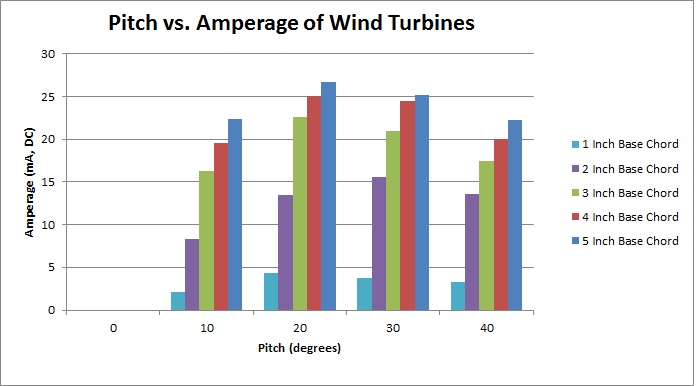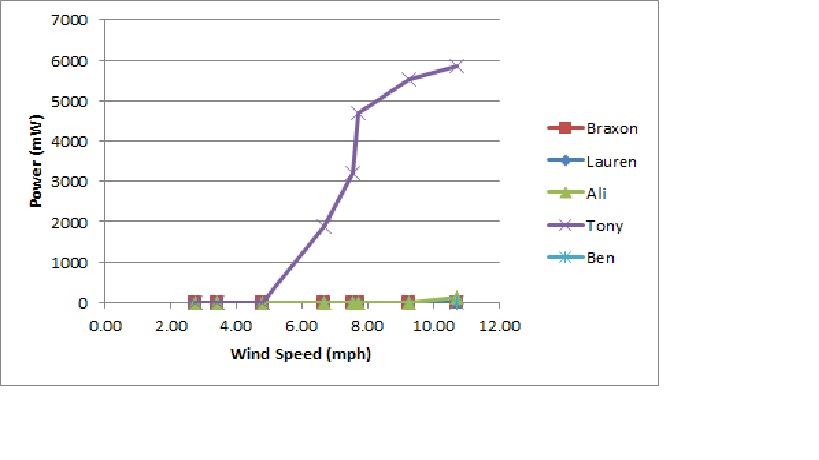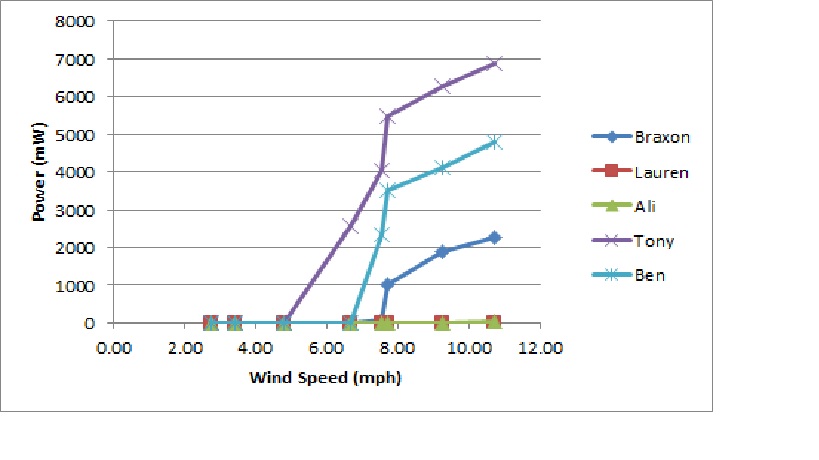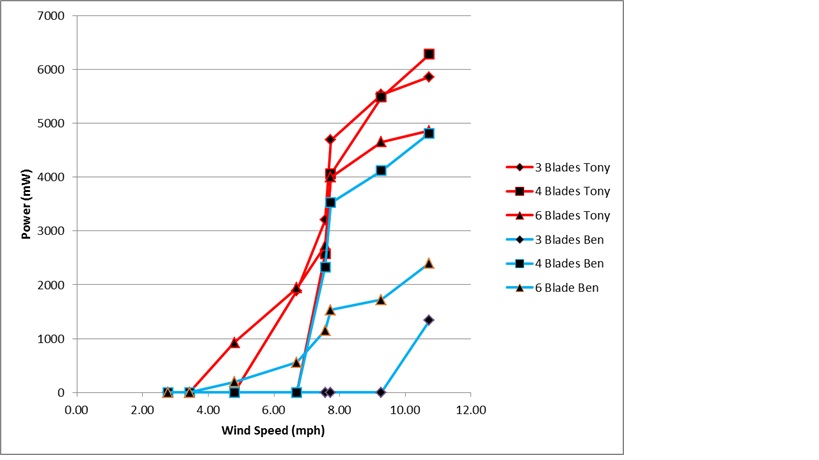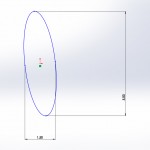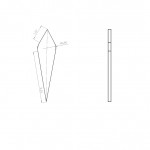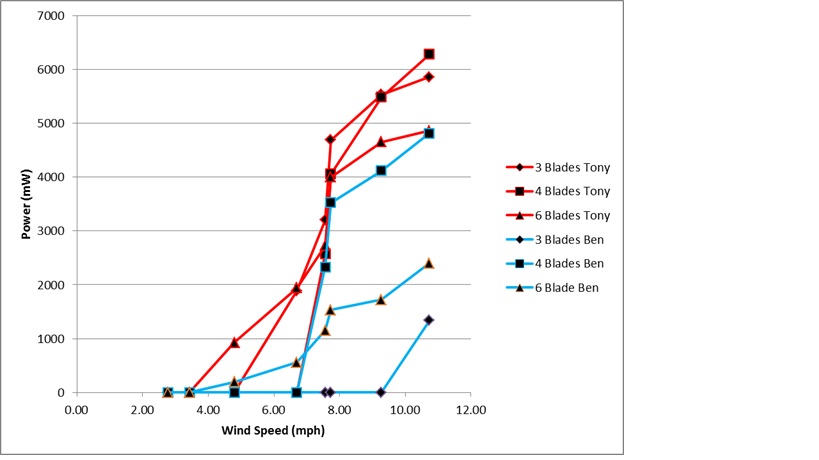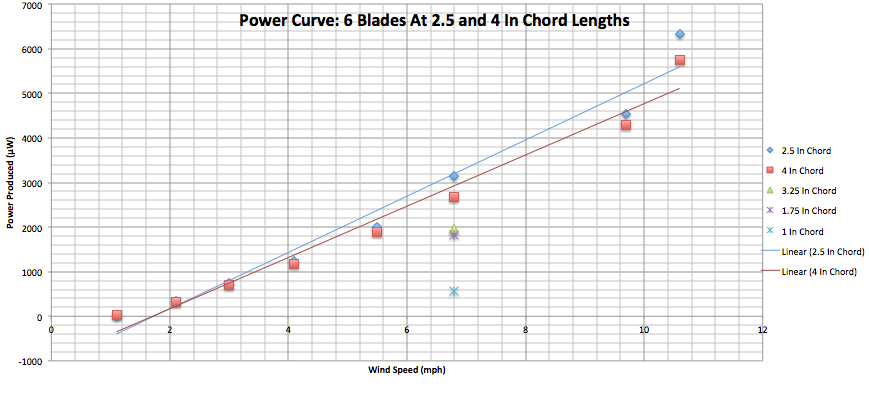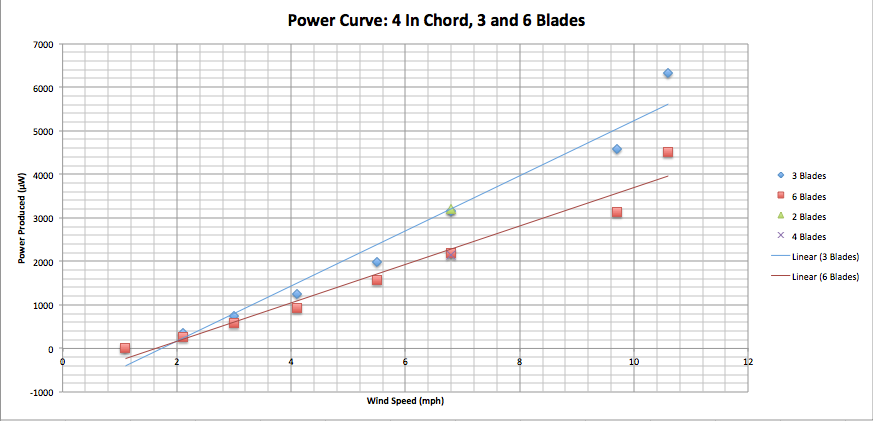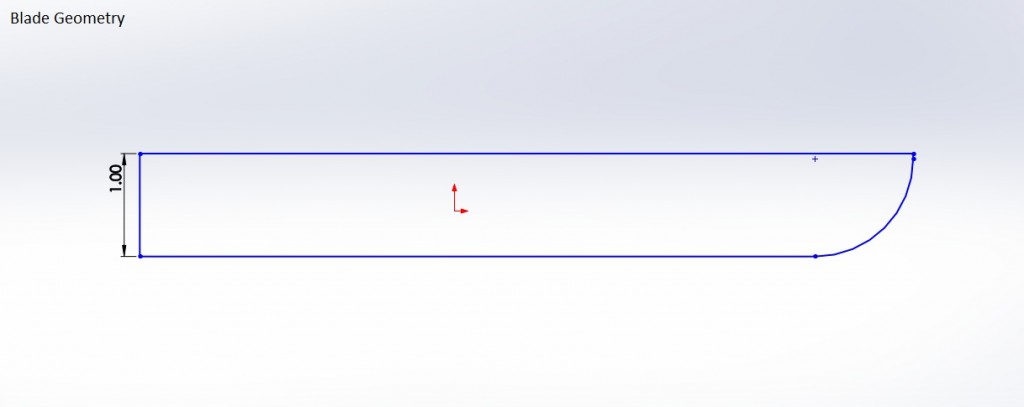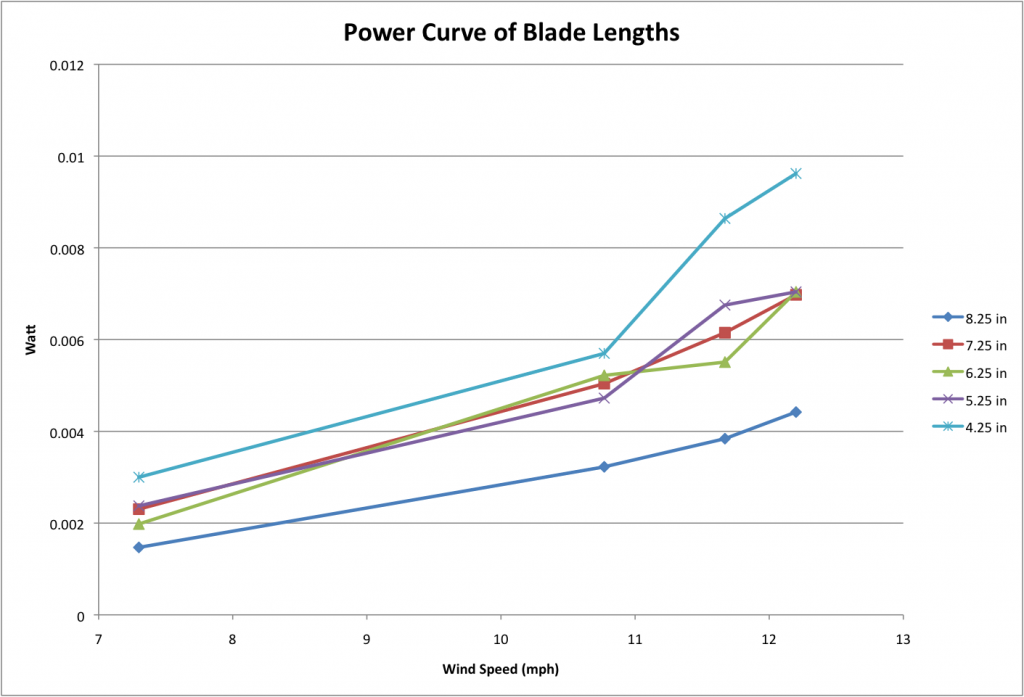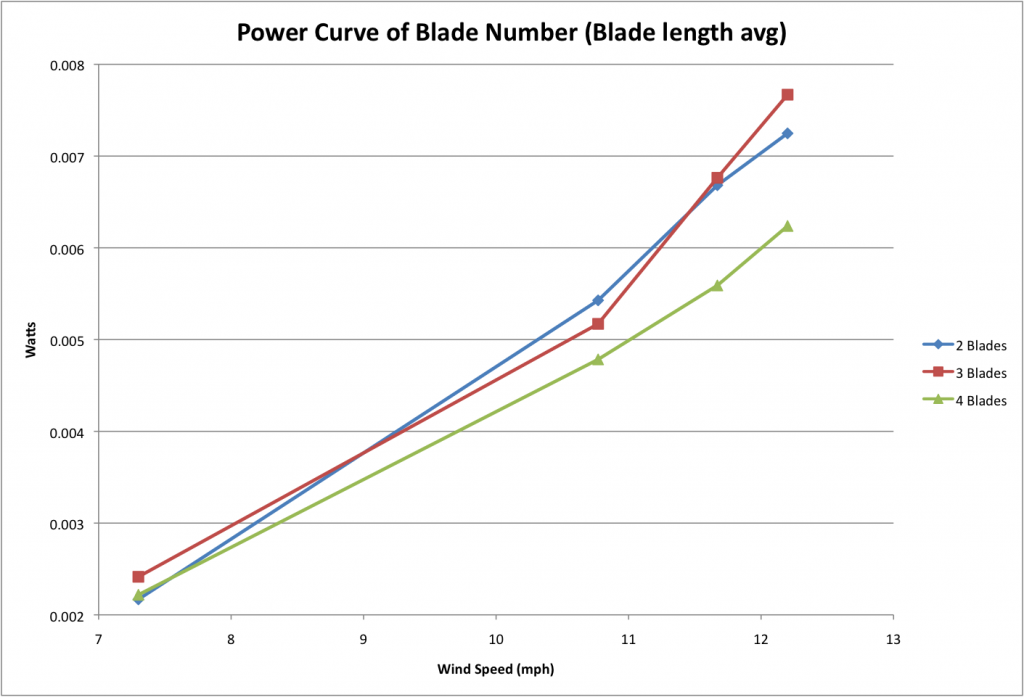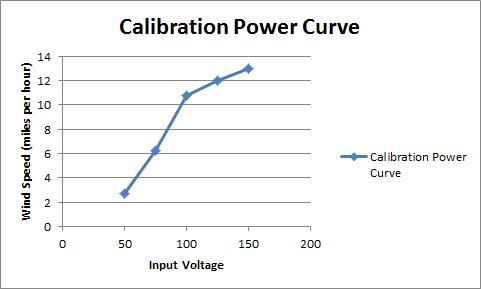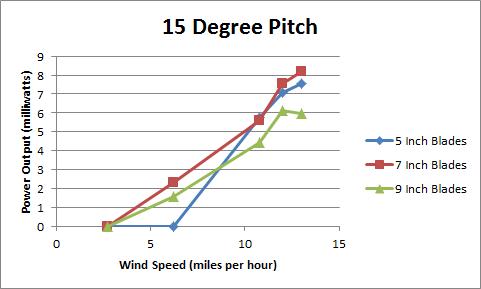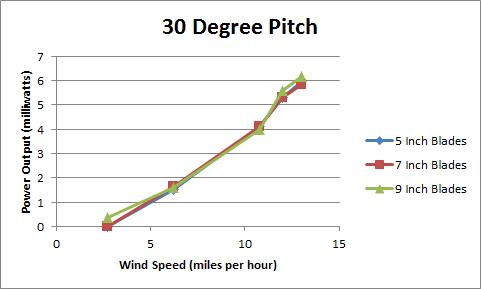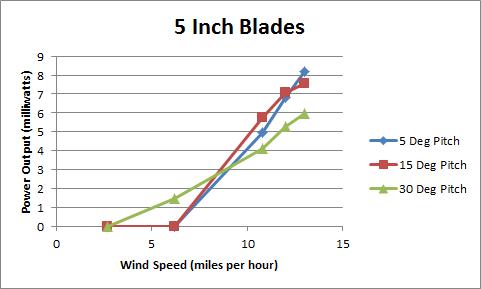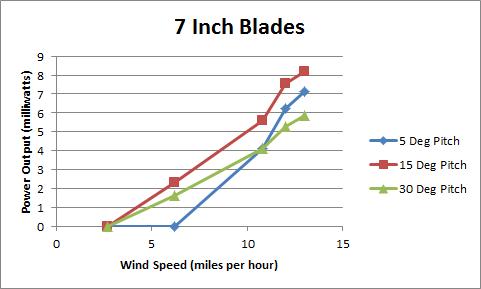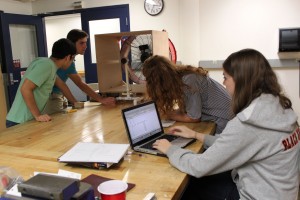Daniel Ehrenpreis
Professor Grace
EK 132 Health Policy
November 19, 2012
Controversy: Wind Turbines and their Potential Effect on the Human Ear
“Noise is the most persistent physical contaminant in the human environment, especially in developed countries”(Fernandez). Not only is noise a contaminant, it is also an extremely controversial matter associated with wind turbines. Turbines throughout the world have been extremely controversial mainly because of their potential effects on the human ear. This “sound” debate focuses on whether or not wind turbines can ultimately affect the inner-ear of an individual, and if they do how these problems could be resolved. Many complaints have been recorded associated with the frequency produced by the turbine, but is this frequency really a hazard, or simply just a disturbance?
According to an article talking about the noise patterns of wind turbines,
“the mechanical noise is audible – its band is above 100 Hz. This frequency range does not pose a serious threat to the natural environment, which is far from the source, e.g. when an area is acoustically protected since sounds are muffled by the air or absorbed by the ground. Moreover, most wind turbines are properly insulated against the noise made by elements of the engine pod – which additionally reduces the noise” (Bilski).
In this article, Bilski writes about his research with the frequency at which a wind turbine functions and then compares it to the frequencies that a human ear can pick up. In the above quotation Bilski is saying that wind turbine frequencies are safe for the human ear, because of the wide area surrounding these turbines. Even if the turbine is producing a certain pitch of noise, the air and ground surrounding the turbine will absorb most of the noise, acting almost like a cushion between an individual and the frequency.
In another article found within the New York Times, it was concluded that, “…the American and Canadian wind industry associations found no medical basis for the health complaints that often arise near large wind-farm projects…the authors did, however, concede that some people are irritated by turbine swishing noises, especially in the absence of other ambient sound” (Lorinc). This quotation is
another vital piece of evidence that helps to solidify the argument that wind turbine frequencies do not have an association with medical issues. Even though Lorinc reported that wind turbines have no medical effect on humans, he brought up the counter perspective of the irritation that a turbine’s frequency provides to a population. In another New York Times article Diane Cardwell reported on a town in Maine that won a court case over the removal of wind turbines due to the “noise from (the turbine’s) 123-foot spinning blades” (Cardwell). In this article the other side of the debate was analyzed and viewed from the perspective of local citizens living near the turbines. Cardwell’s article reinforced Lorinc’s statement that turbines are an irritant to the population, and thus a potential problem for citizens living in the area.
In Cardwell’s article the turbine’s noise was merely described as an “irritant”, yet there were many other cases that associated the noise with a more prominent effect. Citizens began to report that, “apart from more serious ailments, residents have cited the swooshing of the blades as a factor in problems like disturbances in the vestibular system that affect the inner ear and balance” (Kaufman). This quotation shares one of the more extreme viewpoints on a wind turbine’s effect on a population. This irritating noise, described by both Lorinc and Cardwell, is now being considered a major threat to both hearing and balance, according to Kaufman. With this potential threat in mind, government agencies began to look further into the noise that a wind turbine exuded and found yet another shocking effect that a wind turbine’s noise may have on the human ear. In an article published online entitled, “Impact of Wind Turbine Sound on Annoyance, Self-reported Sleep Disturbance and Psychological Distress”, it was finally reported that “sound exposure was also related to sleep disturbance and psychological distress among those who reported that they could hear the sound, however not directly but with noise annoyance acting as a mediator” (Bakker). This new article, published in May 2012, finally shocked government officials into fully investigating these
harmful effects on humans that wind turbines may inflict.
This debate between whether or not a wind turbine can affect the human ear is still under investigation, and is still just as controversial in communities living near turbines. One major question is still left unanswered: how can this controversy be resolved? In my opinion, the way in which wind turbines are regulated needs to change. “Currently, “regulation” of wind turbines is done at the local level through local boards of health and zoning boards” (Wind Turbine Health). This quotation taken from an article published in the Massachusetts “Wind Turbine Health Impact Study” shows how turbines are regulated solely through local boards rather than through state governments. I believe that in order to resolve this debate, and remove populations from the potential harm of wind turbines, regulation must be placed into the hands of state governments. Even though local governments may focus on issues relating to their specific community, the state government holds a higher power, and can thus influence the regulation of wind turbines even more than at a local level of government.
Controversial is the one word that can fully describe just how strongly debated wind turbines are throughout the world. Between the research/evidence that is found both supporting and refuting the existence of the potential negative impact a wind turbine has on the human ear, this debate will always be a topic of interest to governments around the world. Many people may complain about the noises exuding from the swooshing blades, and journals may be scattered with the detailed observances of mental and physical impacts on humans through the turbine’s frequency. But, simply enough, “the impact of wind turbine noise on health and well-being has not yet been well-established and remains under debate. Long-term effects, especially, are not known, because of the short time wind turbines have been operating and the relatively few people who have so far been exposed to wind turbine noise” (Pedersen). So yes, people may debate all they want over this issue, but research into this field is on-going, and will continue until there is definitive proof of a negative impact on the human ear.
Works Cited
Bakker, R.H., E. Pedersen, G.P. Van Den Berg, R.E.
Stewart, W. Lok, and J. Bouma. “Impact of Wind Turbine Sound on Annoyance,
Self-reported Sleep Disturbance and Psychological Distress.” (n.d.): n.
pag. May 2012. Web. 19 Nov. 2012.
<http://web.ebscohost.com.ezproxy.bu.edu/ehost/detail?sid=3ba1950b-d551-4bfd-85b5-a3a5be17b932%40sessionmgr112&vid=6&hid=104&bdata=JnNpdGU9ZWhvc3QtbGl2ZSZzY29wZT1zaXRl#db=eih&AN=74551575>.
Bilski, Bartosz. “Factors Influencing Social
Perception of Investments in the Wind Power Industry with an Analysis of Influence of the
Most Significant Environmental Factor-Exposure to Noise.” Polish
Journal of Environmental Studies (2012): 289-95. Print
Cardwell, Diane. “Neighbors Win Court Round Over
Wind Farm Noise.” Green Neighbors Win Court Round Over Wind Farm Noise Comments. New York Times, 23 Mar. 2012. Web. 19 Nov.
2012. <http://green.blogs.nytimes.com/2012/03/23/neighbors-win-court-round-over-wind-farm-noise/>.
Fernandez, Marcos D., Samuel Quintana, Jose A.
Ballesteros, and Noelia Chavarria. “Are Workers in the Construction Sector
Overexposed to Noise?” Noise & Vibration Worldwide 41.2 (2010):
11-14. Print.
Kaufman, Leslie. “Wind Turbines and Health
Hazards.” Green Wind Turbines and Health Hazards Comments. New York Times, 18 Jan. 2012. Web. 19 Nov.
2012.
<http://green.blogs.nytimes.com/2012/01/18/wind-turbines-and-health-hazards/>.
Lorinc, John. “Study: No Health Impact From Wind Turbines.”
Green Study No Health Impact From Wind Turbines Comments. New York Times, 16 Dec. 2009. Web. 19 Nov.
2012.
<http://green.blogs.nytimes.com/2009/12/16/study-no-health-impact-from-turbines/>.
Pedersen, Eja. “Health Aspects Associated with Wind
Turbine Noise—Results from Three.” Noise Control Engineering Journal (2011): 47-53. Web. 19 Nov. 2012.
<http://web.ebscohost.com.ezproxy.bu.edu/ehost/pdfviewer/pdfviewer?sid=3ba1950b-d551-4bfd-85b5-a3a5be17b932%40sessionmgr112&vid=11&hid=104>.
“Wind Turbine Health Impact Study: Report of the
Independent Expert Panel.” Wind Turbine Health Impact Study. N.p., Jan. 2012. Web. 19 Nov. 2012.
<http://www.mass.gov/dep/energy/wind/impactstudy.htm>.

